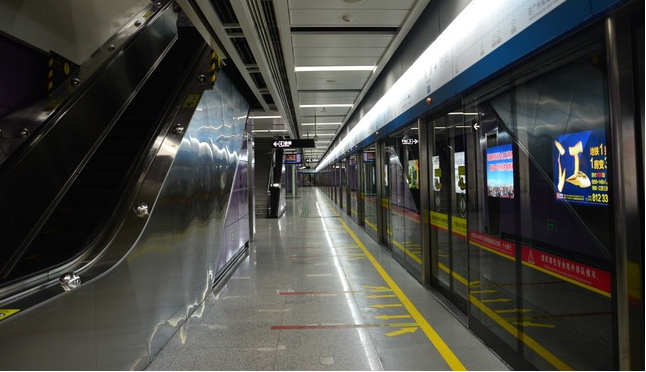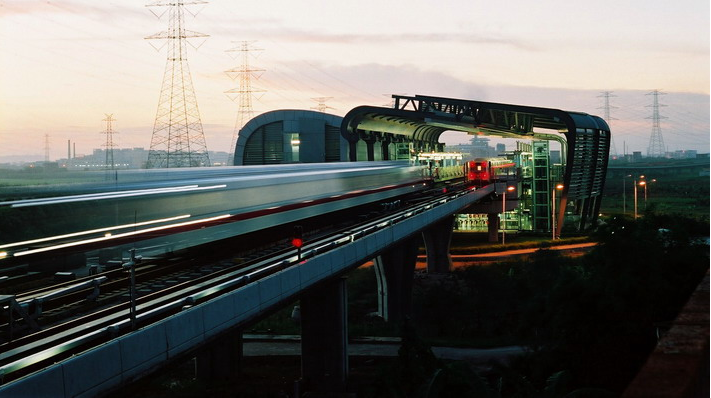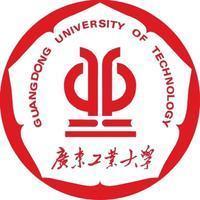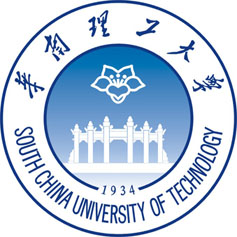Local Information
Guangzhou, historically known as Canton or Kwangchow, is the capital and largest city of Guangdong Province in southeastern China. Located on the Pearl River, about 120 km (75 mi) north-northwest of Hong Kong and 145 km (90 mi) north of Macau, Guangzhou was a major terminus of the maritime Silk Road and continues to serve as a major port and transportation hub.
A Highly Modernized City – Guangzhou is the 3rd-largest Chinese city, behind Beijing and Shanghai, holds sub-provincial administrative status, and is one of China's five National Central Cities. In 2014 the city's administrative area was estimated to have a population of 13,080,500 and forms part of one of the most populous metropolitan agglomerations on Earth.


Optimum Climate – Located in the south-central portion of Guangdong, Guangzhou spans from 112° 57' to 114° 03' E longitude and 22° 26' to 23° 56' N latitude. The city is part of the Pearl River Delta and the city center is situated next to the Baiyun Mountain, which is locally referred to as “the lung of the city”. The total area under the city's administration is 7,434.4 square kilometers (2,870.4 sq mi). Furthermore, Guangzhou has a humid subtropical climate influenced by the East Asian monsoon. Summers are wet with high temperatures, high humidity, and a high heat index. Winters are mild and comparatively dry. Guangzhou has a lengthy monsoon season, spanning from April through September. Monthly averages range from 13.6 °C (56.5 °F) in January to 28.6 °C (83.5 °F) in July, while the annual mean is 22.6 °C (72.7 °F), the relative humidity is approximately 68 percent, whereas annual rainfall in the metropolitan area is over 1,700 mm (67 in). November temperature will be around 16–20°C.With monthly percent possible sunshine ranging from 17 percent in March and April to 52 percent in November, the city receives 1,628 hours of bright sunshine annually.
Airport Access – Guangzhou Baiyun International Airport, located on Baiyun District, is about 28 kilometers (17.4 miles) from the airport to downtown area of the city. This airport is one of the three largest air hubs in China and opened to the public in 2004 with occupying an area of 15 square kilometers (about 5.8 square miles). Serving more than 110 air routes from Guangzhou to over 100 domestic and international cities, the airport has an average annual passenger flow volume of about 25 million.


Buses and taxis – The Guangzhou Bus Rapid Transit (BRT) system, which was introduced in 2010, is the world's second largest BRT system with 1,000,000 passenger trips daily and 26,900 pphpd (Passengers per hour per direction) during the peak hour (second only to the TransMilenio BRT system in Bogota). The system averages 1 bus every 10 seconds or 350 per hour in a single direction and contains the world's longest BRT stations – around 260 m (850 ft) including bridges. In 2009, it was reported that all 9,424 buses and 17,695 taxis in Guangzhou would be operating on liquefied petroleum gas (LPG) – fuel by 2010 to promote clean energy for transport and improve the environment ahead of the 2010 Asian Games which were held in the city.
Guangzhou Metro – When the first line of the Guangzhou Metro opened in 1997, Guangzhou was the fourth city in Mainland China to have an underground railway system, behind Beijing, Tianjin and Shanghai. Currently the metro network is made up of eight lines, covering a total length of 236 km (147 mi). A long term plan is to make the city's metro system expand to over 500 km (310 mi) by 2020 with 15 lines in operation.


Railway transport – Guangzhou has an efficient, convenient, and easily accessible local transport network of trains, buses, taxis and ships. Trains offer an efficient, scenic way of travelling within China. Guangzhou is the terminus of many conventional speed railways such as the Jingguang railway (Beijing – Guangzhou), the Guangshen railway (Guangzhou – Shenzhen), the Guangmao railway (Guangzhou – Maoming) and the Guangmeishan railway (Guangzhou – Meizhou – Shantou). In late 2009, the Wuhan – Guangzhou High-Speed Railway started its service, which enables multiple unit trains to cover 980 km (608.94 mi) at a top speed of 320 km/h (199 mph). In January 2011, the Guangzhou – Zhuhai Intercity Railway started its service at an average speed of 200 km/h (124 mph).


Intercity transport to Hong Kong – Guangzhou is well connected to Hong Kong by train, coach and ferry. The Guangdong Through Train departs from the Guangzhou East railway station and arrives at the Hung Hom KCR station in Kowloon, Hong Kong. The route is approximately 182 km (113 mi) in length and the ride takes less than two hours. Frequent coach services are also provided with coaches departing every day from different locations (mostly major hotels) around the city.
- Paper Submission Deadline
June 15, 2017
June 30, 2017 - Notification of Acceptance
July 31, 2017 - Final Paper Submission
August 20, 2017 - Congress Date
November 14–18, 2017
Contact Us
Address: 95 Zhongguancun East Road,
Beijing 100190, China
Email: iconip2017@foxmail.com
Fax: +86-10-8254-4799




